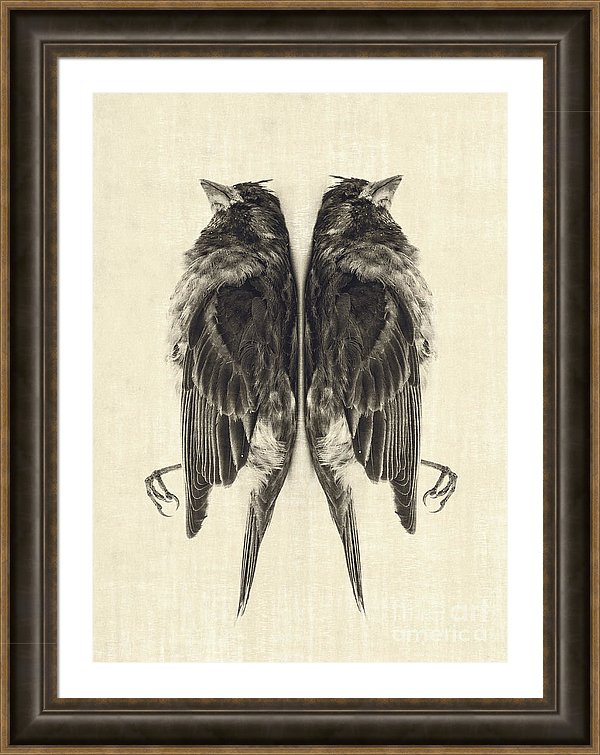Above: “Mirror Mirror” by Edward M. Fielding
Questions of photography’s status in the art world are always controversial. Does the use of a camera to create two-dimensional images all that is needed to create “fine art”? Is every photograph considered art? Or is the use of a mechanical device automatically disqualifying as a fine art medium?
Is every painting, drawing, scribble from kindergartners to Picasso considered fine art? Of course not. Fine art is defined by the intent behind the work the artists purpose in creating the work.
Similarly, photography falls into categories of simple snapshots of family or vacation photographs or even photographs simply created with the purpose of creating a document like wanting to illustrate an Ebay listing – all the way to high concept, carefully created fine art photographs.
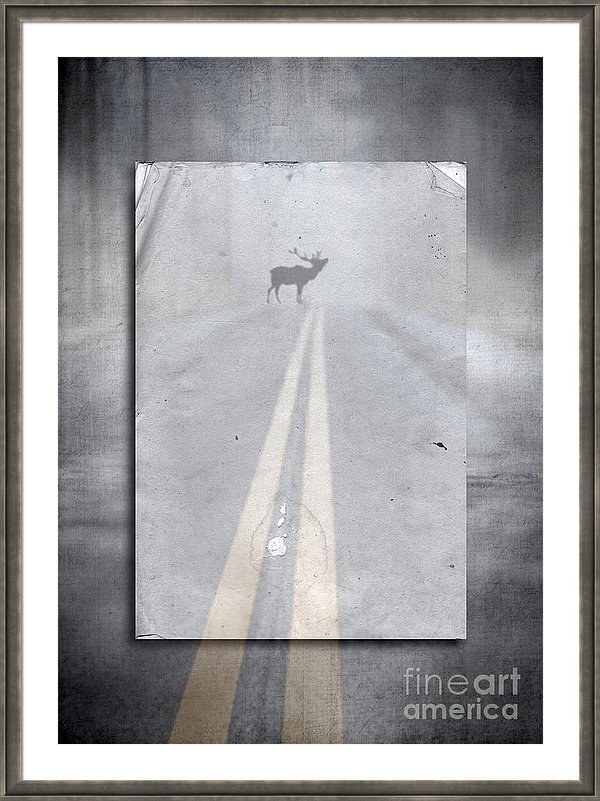
- Is still photography a fine art?
- Do you consider photography a fine art?
- Is a photographer considered an artist?
Nowadays, photography is considered an art form as valid as any other, and there are multiple museums and galleries exhibiting photographic work.
However, it wasn’t so easy at the beginning, when photography was first invented and photographers had a hard time being considered artists.
Which doesn’t mean every photograph is a work of fine art or that everyone who has the money needed to buy a camera and knows how to push a button is an instant artist creating fine art by the split second.
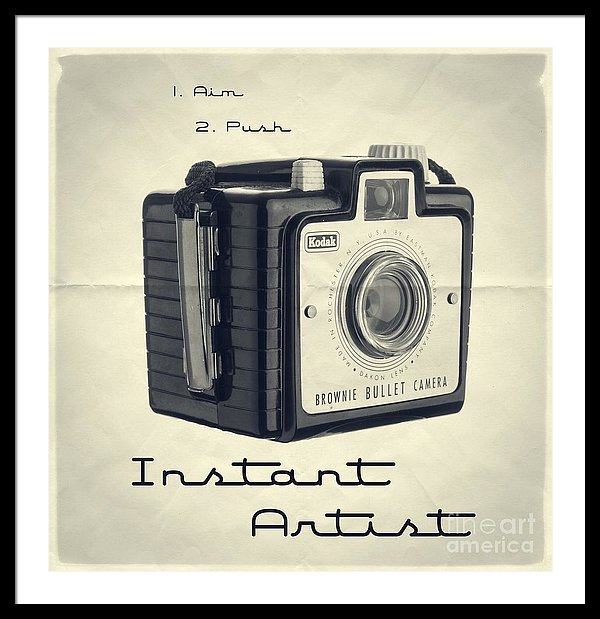
Fine art photography is created by the photographer who sees the world through their unique perspective. Does standing in the same spot to take the same photograph that has been taken thousands of times before pass the “fine art” test? Not likely, which is why museums do not collect such “decor” photographs and they are not likely to show up in serious photography collectors collections.
The Art of Photography Vs. Photography as Fine Art
Fine–art photography is photography created in accordance with the vision of the artist as a photographer, using photography as a medium to bring something to life that only lives in the artist’s mind. Simply capturing what one sees in an artistic way is the art of photography and not creating fine art.
Fine-art photography – Wikipedia
Does the mechanical nature of photography disqualify it as a fine art medium?
The art world is full of mechanical based art mediums including printing methods, digital art, silk screening, etc. The idea the camera does all the work is ignorant and perhaps uninformed by the layperson.
While human agency is necessary for expression, it is not sufficient. Historically, “spirit” was also required — today we talk about creative imagination, and sometimes creative expression. On this model, photography is an art because it increases the range of human creativity and expression.
Patrick Maynard
Behind every photograph is the photographer’s choice of equipment (film vs. digital vs. sensor size etc) subject worthy of photographing, the composition, lens choice, camera settings as well as post-processing decisions such as cropping and post-processing.
The “machine” oriented nature of photography does not preclude its use as a medium of human expression because the camera and process involved in creating a fine image are controlled by the artist behind the entire process from the original idea to final image.
Does fine art photography have to be black and white?
If you visit fine art museum’s photography sections or collections, it may seem that black and white photography the preferred version of fine art photography.
But this is mostly a reflection of the age of the collection. Museums then to collect and show established artists and artworks. Black and white photography simply was what was available in the past as such was the medium used.
Even when color started to be made available, it was more expensive to work with and required the use of outside labs. The black and white process was easier for the individual artist to control the entire process in their own darkroom.
A few photographers, notably Ernst Haas and William Eggleston were early adopters of color photography and received attention from the art world. Other fine art photographers continued to work in color.
Today with digital cameras, color photography from capture to post-processing to the final image is even more accessible to the fine art photographer creating images with artistic intent.
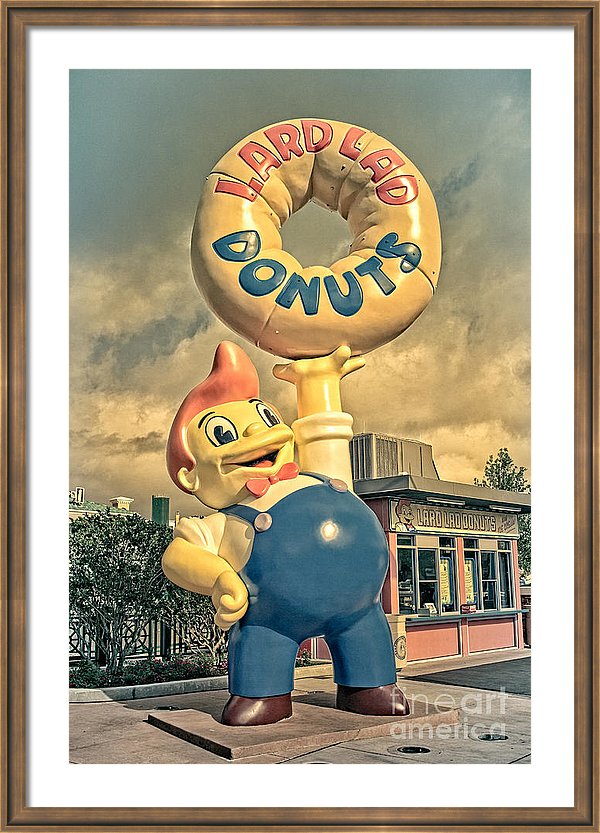
“Lard Lad Donuts” by Edward M. Fielding
Although some fine art photography work within full spectrum color photography, black and white photography in the fine art realm remains popular for a few reasons – black and white photography strips away distracting colors and allows the viewer to focus on the subject of the image and allows the photographic image to show perhaps what is not seen within the full spectrum image – texture, contrast, light, shadows.
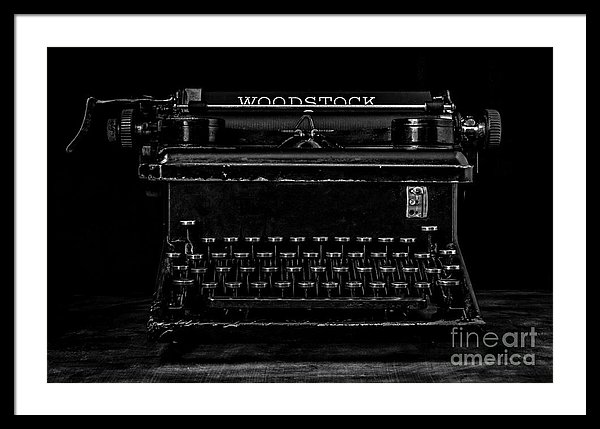
Black and white photography through the use of highlight, shadow, contrast and lighting as in the above still life photograph of a vintage typewriter by Edward M. Fielding provides a unique view of the every day object as created by the artist through the use of camera, lens, settings choices – lighting and post-processing include the conversion of various colors into the monochromatic range of black and white.
